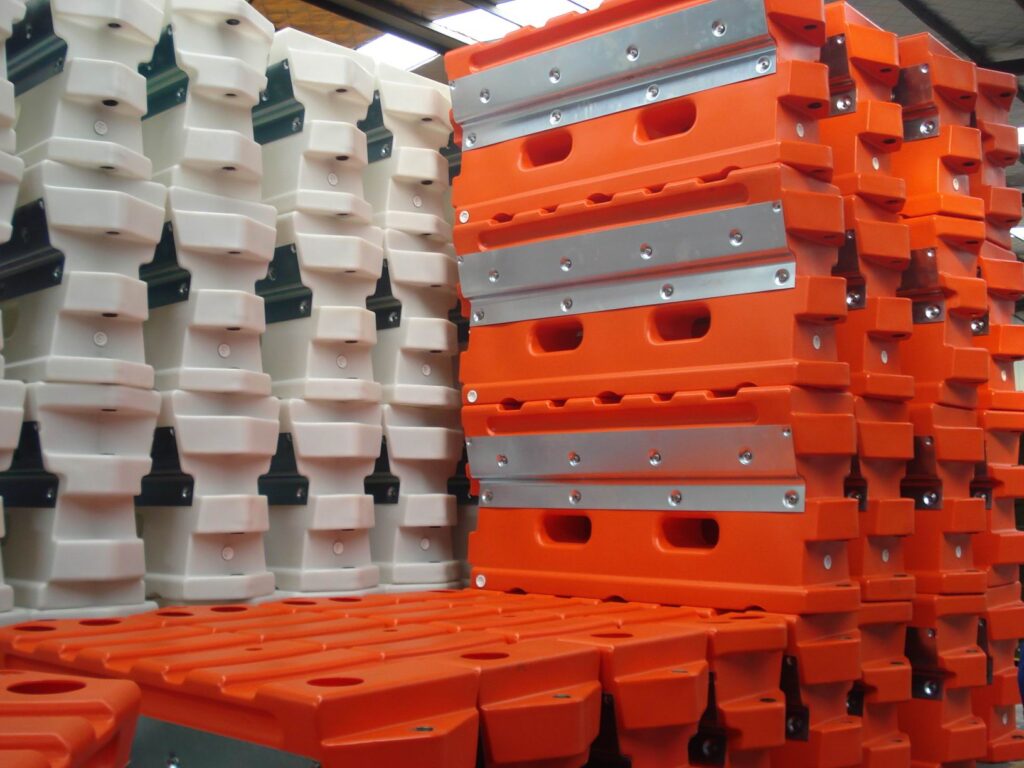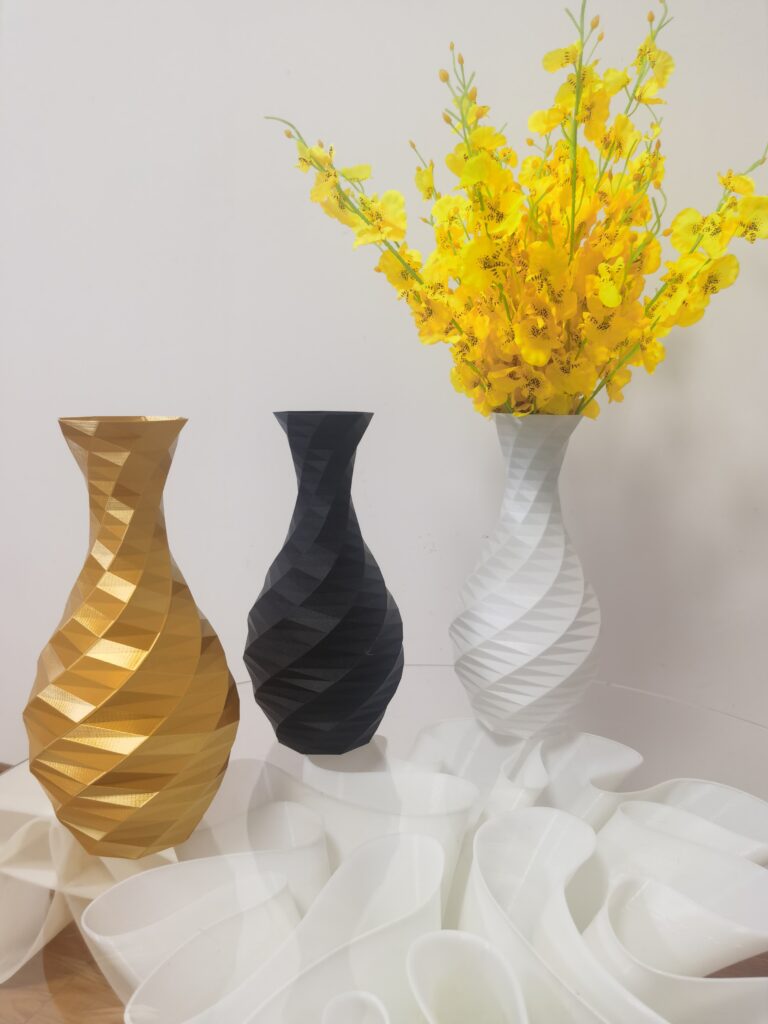Introduction
One of the main pillars of contemporary manufacturing injection, molding has transformed the creation of innumerable goods for various sectors. Melted plastic material is injected into a mold cavity in this adaptable process where it cools and solidifies into a precise shape. It is important because it can create intricate parts with remarkable precision effectiveness and consistency. Manufacturers can now create complex features, tight tolerances, and intricate designs that would be difficult to accomplish with other techniques thanks to injection molding. Improved product quality, dependability, and performance are directly correlated with this precision.

Sink Marks & Voids: The Hidden Menace
Common injection molding flaws that can seriously affect the quality and appearance of the final product are sink marks and voids. The surface of a molded part may have shallow depressions called sink marks which are frequently found in thicker areas. Conversely voids are the parts internal cavities. One basic phenomenon that takes place during the cooling stage of injection molding is polymer shrinkage. The plastic undergoes volumetric shrinkage as it cools and contracts. Greater shrinkage and possibly sink marks or voids are the results of thicker sections cooling more slowly. There are various tactics that can be used to stop these flaws.
- Material Drying: Shrinkage may be made worse by moisture present in the plastic. Drying properly eliminates moisture which lowers the possibility of flaws.
- Temperature Control: It is critical to precisely regulate the mold temperature melt temperature and cooling rate. Optimal parameters can enhance part quality and reduce shrinkage.
- Gate Optimization: The placement and size of the gate, where the molten plastic enters the mold, significantly influence part filling and cooling. Proper gate design can help mitigate sink marks and voids.
If defects do occur, remediation strategies may include:
- Surface Finishing: Techniques like painting, coating, or texturing can mask minor surface defects.
- Mold Design Improvements: Redesigning the mold to optimize wall thickness, rib and boss design, and gate location can prevent future occurrences.
Bubbles: Internal Flaws
Internal flaws called bubbles also known as gas pockets can jeopardize the injection-molded parts structural soundness and aesthetic appeal. During the molding process trapped gases or volatiles in the molten plastic give rise to them. A number of preventative actions can be taken to lessen the formation of bubbles.
- Pre-Drying the Material: By completely drying the plastic resin you lower the chance of bubbles forming by eliminating moisture and other volatile materials that could evaporate during the molding process.
- Vacuum Molding: In sections with thick walls applying vacuum pressure to the mold cavity can help release trapped gases and stop bubbles from forming.
- Cooling Enhancements: Using mold coatings or chilled water to improve cooling conditions can hasten solidification and lessen the chance of gas pockets forming. Corrective measures could involve the following if bubbles recur.
- Surface Treatment: Bubble-induced minor surface flaws can be covered up with techniques like painting coating or texturing. Adjusting process parameters such as holding pressure injection pressure and injection speed can help lessen the occurrence of bubbles.

Flash: External Imperfections
A frequent injection molding flaw known as flash happens when too much molten plastic leaks out of the mold cavity while the injection is taking place. This may result in the molded part having external flaws like burrs fins or extra material. Flash is mostly caused by inadequate mold closure. The gap between the mold halves can allow molten plastic to seep if they do not close tightly. Overflowing plastic into the mold cavity can also be caused by high injection pressure or melt temperature.
Maintaining mold regularly is essential to preventing flash. This entails checking for wear and tear on the mold cleaning the mold cavity and making sure the mold halves are aligned properly. By applying enough pressure to keep the mold closed during the injection process adjusting the clamping force can also aid in preventing flash. If flash does appear it can be eliminated mechanically or by hand trimming. Manual trimming entails carefully removing the extra material with instruments like knives or files.
For larger batches of parts mechanical flash removal methods like tumbling or vibratory finishing can be employed. Injection molded parts of superior quality can be produced by manufacturers by tackling the underlying causes of flash and putting into practice efficient prevention and removal methods.
Weld Lines: Fusion Marks
Weld lines are visible marks on the surface of an injection molded part where two streams of molten plastic meet and fuse together. They can occur at gate locations, corners, or where part sections merge.
The formation of weld lines is influenced by factors such as melt temperature, injection speed, and material properties. To minimize weld line visibility, it is essential to control these parameters. Additionally, selecting materials with good flow properties can help to reduce the severity of weld lines.
Surface finishing methods like painting coating or texturing can be used to improve the look of weld lines. Additionally by improving the flow paths and gate location in the mold design weld lines can be made less noticeable. By understanding the factors that cause weld lines to form and taking the appropriate safety measures manufacturers can produce injection-molded parts with improved surface quality and aesthetic appeal.
Warpage: Structural Challenges
Warpage, the distortion of a molded part from its original shape, often arises from uneven cooling rates and subsequent stress distribution. Thicker sections cool slower, creating internal stresses that can cause the part to warp.
To combat warpage, careful design and process control are essential. Balancing wall thickness, optimizing rib and boss design, and incorporating draft angles can help mitigate stress concentration. Mold design improvements, such as texture and cooling channel optimization, can influence heat dissipation. Additionally, selecting materials with lower shrinkage rates and higher thermal stability can reduce the propensity for warpage.

In some cases, post-processing techniques like annealing or mechanical straightening can be employed to correct minor warpage. But in order to reduce the need for expensive corrective actions prevention is always better. Through comprehension of the underlying reasons for warpage and the application of efficient techniques producers can create superior injection-molded components that satisfy functional specifications and dimensional tolerances.
Conclusion & Future Prospects
A thorough approach to defect prevention is necessary to guarantee the production of high-quality injection molded parts. This combines post-processing methods mold design process optimization and material selection. Manufacturers can reduce the likelihood of defects like sink marks voids bubbles flash weld lines and warpage by closely regulating variables like temperature pressure and cooling cycles. Injection molding has exciting prospects for the future as long as technology keeps improving. Automation mold design and materials science advancements should all contribute to this process increased accuracy sustainability and efficiency. By embracing these developments and taking a proactive stance on quality assurance producers can keep creating cutting-edge high-performing goods that satisfy the needs of the contemporary market.
References:
https://paulsontraining.com/injection-molded-part-defects-warp
https://en.wikipedia.org/wiki/Weld_line
https://en.wikipedia.org/wiki/Injection_moulding
https://www.quora.com/Why-are-bubbles-appear-during-the-injection-molding-process?no_redirect=1
https://www.quora.com/How-do-you-prevent-sink-marks-in-injection-molding
https//www.scribd.com/document/746917283/What-is-Flash-in-Injection-Molding






One Response